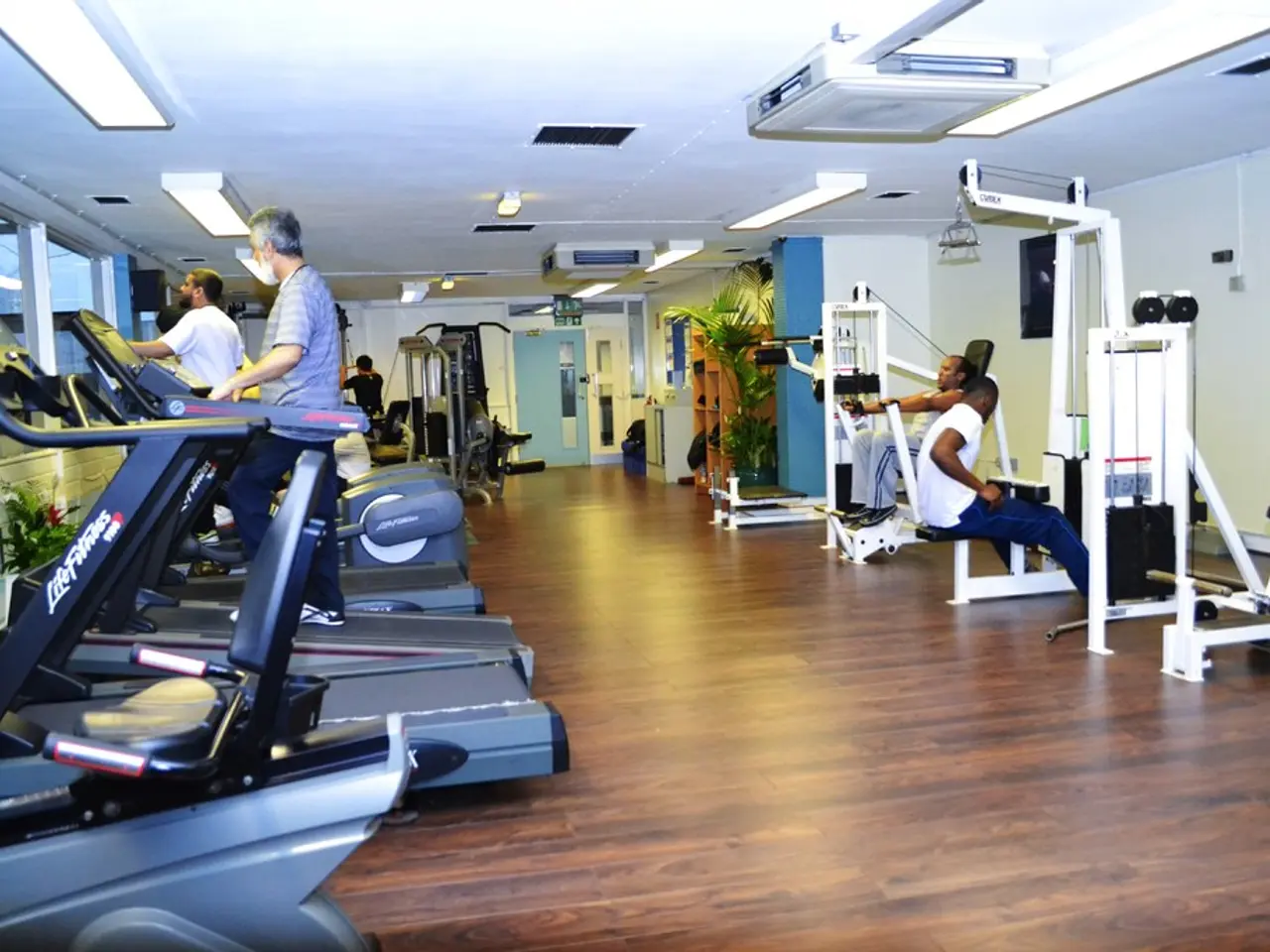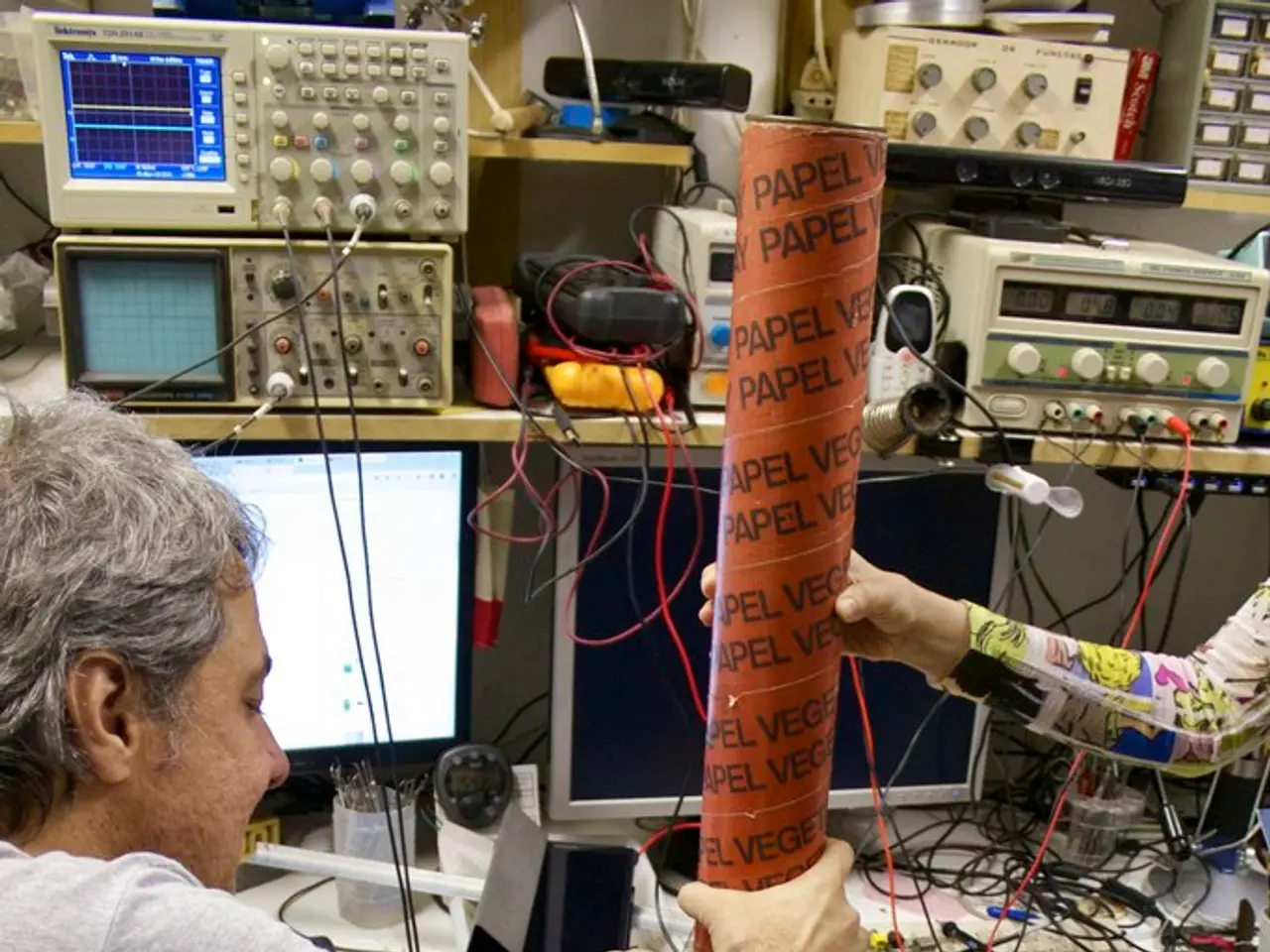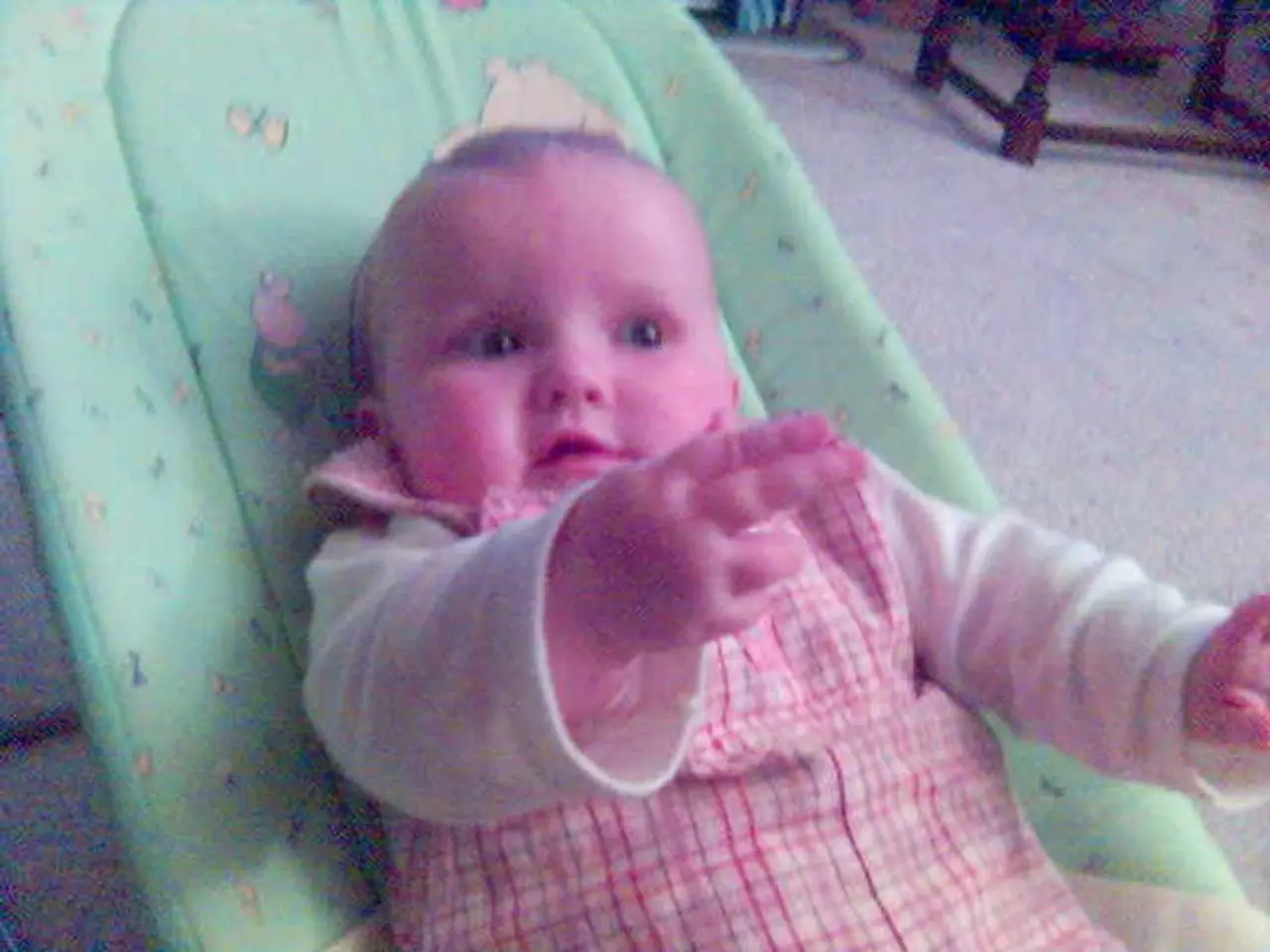Delving into Rehabilitation Aids: Foam Rollers, Massage Devices, and Other Options
Incorporating recovery tools into your fitness routine can significantly aid in muscle recovery and flexibility enhancement. Here's a guide to using foam rollers, massage guns, and other recovery methods effectively.
Foam Rolling for Muscle Recovery
Foam rollers are a great starting point for beginners. They work by massaging muscles and fascia, improving circulation and aiding in the release of tightness across various muscle groups. To use a foam roller, start with light pressure and roll slowly over each muscle group[4][5]. After each workout, a cool-down period should include foam rolling for 5-10 minutes to release tension and prevent soreness[1]. When foam rolling, focus on the lower back, avoiding direct pressure on the spine and focusing on the surrounding muscles instead[2].
Massage Guns for Muscle Relaxation
Massage guns use percussive therapy to target muscles and soft tissues with rapid pulses, improving blood flow and reducing muscle soreness. When using a massage gun, focus on areas that feel especially tight or stiff[3]. However, recent research shows that massage guns may not significantly speed recovery or reduce soreness after intense exercise, though they can still be valuable as a complementary recovery tool when used properly[1][3][5].
Cold Therapy for Inflammation Reduction
Cold therapy is best applied after an intense workout. Cold therapy can be achieved through ice baths, cold compresses, or ice packs[1]. While ice baths aren't essential for everyone, they can be effective for reducing inflammation after intense physical activity[2].
Heat Therapy for Muscle Relaxation
Heat therapy can be applied before or during the cool-down for muscle relaxation[1]. This can help to loosen up tight muscles and improve flexibility[5].
Daily Practices for Optimal Recovery
Incorporating recovery tools like foam rollers, massage guns, and mobility balls into a workout routine doesn't require a complete overhaul. Stretching and using mobility tools should be a daily practice, not just limited to workout days[3]. Recovery tools can be used daily, with foam rolling and stretching being incorporated into the daily routine, while massage guns and heat/cold therapy can be used as needed[4].
Conclusion
Combining different tools tailored to individual needs often yields the best outcomes for muscle recovery and flexibility enhancement in fitness routines[3]. By incorporating foam rolling, massage guns, cold therapy, heat therapy, and stretching into your daily routine, you can effectively support muscle recovery, reduce soreness, and enhance flexibility.
- Foam rollers, a common recovery tool, work by massaging muscles and fascia, improving circulation and releasing muscle tension.
- For beginners, using a foam roller involves starting with light pressure and rolling slowly over each muscle group.
- After each workout, a cool-down period should include foam rolling for 5-10 minutes to release tension and prevent soreness.
- Focusing on the lower back is important when foam rolling, while avoiding direct pressure on the spine is advisable.
- Massage guns, another recovery tool, use percussive therapy to target muscles and soft tissues, improving blood flow and reducing muscle soreness.
- Cold therapy, often applied after an intense workout, can help reduce inflammation, and can be achieved through ice baths, cold compresses, or ice packs.
- Incorporating recovery tools like foam rollers, massage guns, and stretching into a daily routine, in addition to mobility tools and heat/cold therapy as needed, can effectively support muscle recovery, reduce soreness, and enhance flexibility.




